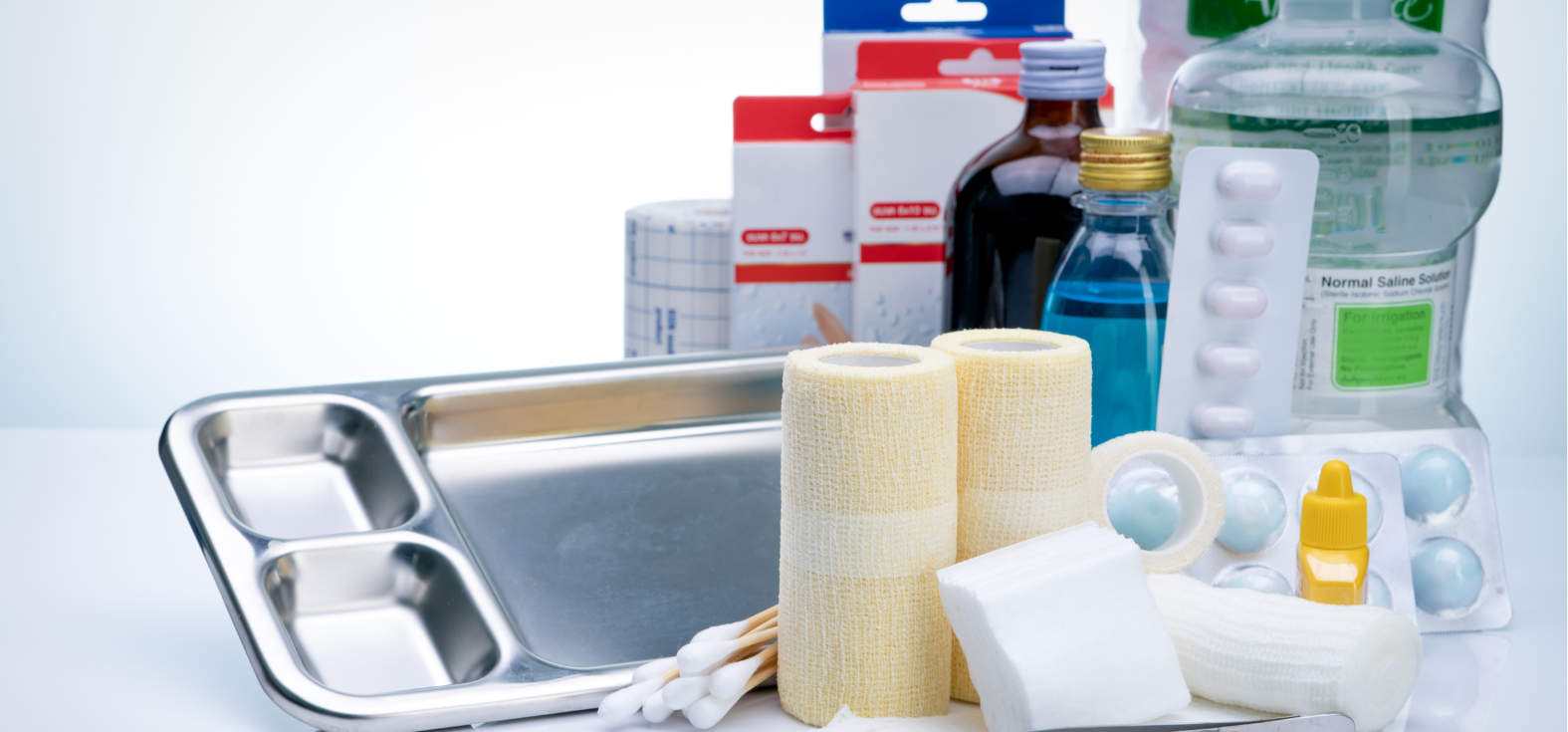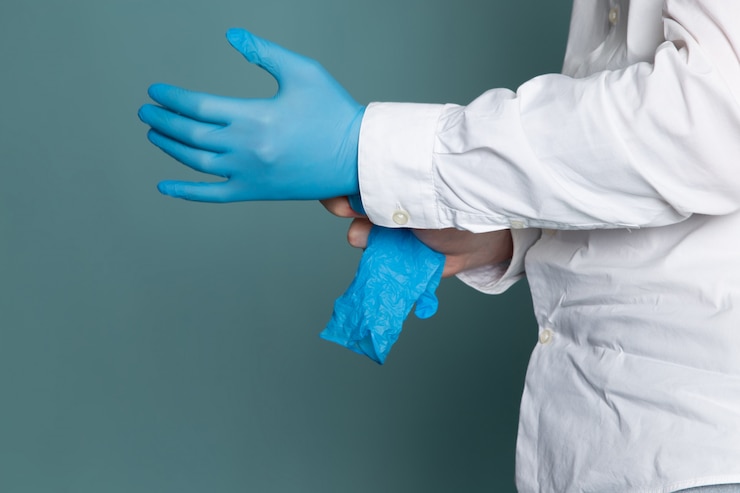All wounds, no matter how big or small, need to be cleaned and cared for properly to prevent infection and promote healing. The method for cleansing wounds varies according to the type of wound, its severity, and where it is located on the body. Unique wounds present unique considerations and obstacles, necessitating specific cleaning techniques to maximise outcomes. We’ll look at wound care essentials in this in-depth guide based on the type of wound, covering anything from superficial cuts to deep cuts and surgical incisions.

Types of Wound:
- Superficial Cuts and Abrasions:
Minor wounds like scrapes and shallow cuts frequently affect the outer layer of skin, which is the best layer of skin. Even though minor wounds might not seem like much, cleaning them properly is essential to preventing infection and promoting healing. The first thing to do when cleaning a small cut or scrape is to wash the area gently with warm water and a mild cleaner. To remove any dirt, debris, or blood from the wound, use a fresh cloth or cotton cushion.
Avoid using alcohol, salt solutions, or hydrogen peroxide, as they can be harsh and harm the surrounding skin tissue. Cover the area with a clean cement cloth or bandage after washing the wound, and use an over-the-counter antibacterial medication to help prevent infection. Maintain the wound dry and clean, and keep an eye out for any disease-related symptoms, including swelling, redness, or discharge.
- Deep Lacerations and Puncture Wounds:
Deep cuts and wounds penetrate below the skin’s outermost layer and may affect muscles, organs, or underlying tissues. These kinds of wounds put patients at higher risk for illness and can need more thorough cleansing and attention. To begin, carefully flood the cut with sterile water or a saline solution to remove any floating debris or far-off items.
Apply the solution with enough force to remove impurities from the incision using a syringe or water bottle. Secondly, the wound must be examined closely to determine its depth and level of tissue damage. If there are any foreign things or distant bodies, do not attempt to remove them by yourself. Seek out medical attention as soon as possible to prevent further harm or infection. Use cotton or a clean bandage to protect the wound from infection and keep it moist to promote healing after cleansing. Keep a watchful eye out for any indications of infection, such as redness, swelling, warmth, or seepage, and get medical attention if any problems arise.
- Surgical Incisions:
Surgical entry points refer to intentional incisions produced during surgical procedures, including surgeries and restorative mediations. It is essential to properly clean and maintain surgical entrance sites to prevent issues after surgery, such as wound breakdown or infections. Needles, staples, or cement bands are typically used to close surgical incisions in order to promote healing. Maintaining the entrance point location after surgery will help reduce the risk of contamination.
Various cleaning techniques may be recommended, depending on the type of wound closure used. Avoid getting the wound wet for the first 24 to 48 hours following surgery if the cut is closed with staples or sutures to ensure appropriate closure. Following this initial phase, carefully clean the cut area with water and a mild cleaner, being careful not to rip the staples or sutures. After using a fresh towel or cloth cushion to pat the region dry, follow your healthcare provider’s instructions to apply a sterile dressing or antimicrobial therapy. Follow any additional instructions provided by your physician or healthcare team to ensure proper wound care and optimal healing.
- Burns:
Wounds that result from exposure to heat, chemicals, electricity, or radiation are known as burns. Appropriate burn cleaning and care are essential to preventing infection, reducing pain, and promoting healing. The first step in treating a burn is to run cool running water over the affected area for at least ten to twenty minutes. Avoid using ice or ice-cold water, as this could cause more damage to the skin. Once the burn has cooled, use a mild cleaner and water to gently clean the area to remove any dirt, chemicals, or floating debris.
Take care not to break any shaped irritates, as this could increase the likelihood of infection. Use a clean, dry cloth or a sterile, ineffective dressing to cover the burn and protect it from further injury after cleaning it. You should look for therapeutic attention for a quick evaluation and therapy, depending on the severity of the burn. Observe any guidance that your healthcare provider may provide on continual wound care and administration.
- Animal Bites:
Bits from animals, domestic or wild, may bring germs and other infections into the body, increasing the risk of illness. Proper cleaning of animal bites is essential to reducing the risk of problems and speeding healing. To remove any dirt, silt, or other debris from the animal, gently wash the chomp wound with warm water and a mild cleanser. Use a fresh towel or dressing cushion to gently apply weight and help remove any debris from the incision.
Use an over-the-counter antimicrobial ointment to help prevent infection after washing the bite, and then cover the wound with a clean cement cloth or dressing. Keep a watchful eye out for signs of infection, such as redness, swelling, warmth, or drainage, and get medical attention if any problems develop. Also, seek medical attention immediately to determine whether assistance treatment, such as rabies prevention, is required if the bite came from a wild animal or if you’re unsure of the animal’s vaccination status.
Conclusion:
The use of proper wound care essential techniques is vital for preventing infection, accelerating healing, and reducing problems. Various cleansing techniques may be needed, depending on the type of wound, its severity, and its location on the body. Every type of wound, from minor scrapes and cuts to deep tears, surgical incisions, burns, and animal bites, offers unique considerations and obstacles. People can ensure optimal wound care and encourage the finest possible outcomes for healing and recovery by being aware of the appropriate cleaning techniques for each type of wound and searching for convenient healing considerations when necessary.
Follow us on Instagram




